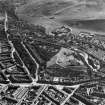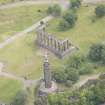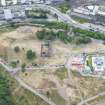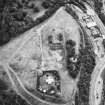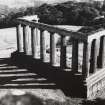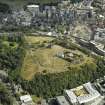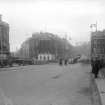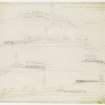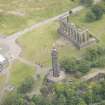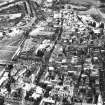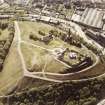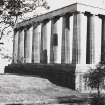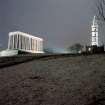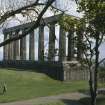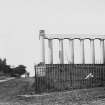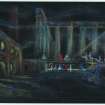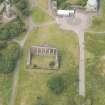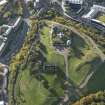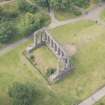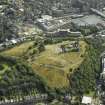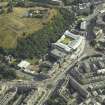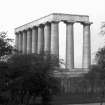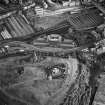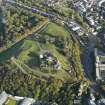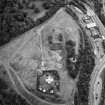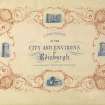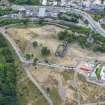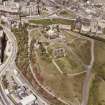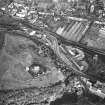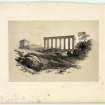Edinburgh, Calton Hill, National Monument
Commemorative Monument (19th Century), Culvert (Period Unknown), Temple (19th Century)
Site Name Edinburgh, Calton Hill, National Monument
Classification Commemorative Monument (19th Century), Culvert (Period Unknown), Temple (19th Century)
Canmore ID 75954
Site Number NT27SE 523
NGR NT 26299 74155
Datum OSGB36 - NGR
Permalink http://canmore.org.uk/site/75954
- Council Edinburgh, City Of
- Parish Edinburgh (Edinburgh, City Of)
- Former Region Lothian
- Former District City Of Edinburgh
- Former County Midlothian
NT27SE 523 26299 74155
Information from catalogue slip
Architect: Charles Robert Cockerell 1822-30 (Assisted W.H. Playfair). Archibald Elliot also produced a design which was not executed
REFERENCE
SRO
1831, February 11. Minute of meeting of Directors of the National Monument of Scotland, recording their election of the Duke of Buccleuch as one of the presidents of the Royal Association of Contributors to the Movement and further minute dated 30 July 1831, of meaures taken to further the monument project. (2 items)
GD224/627/5
1816-1818. Printed proposals (one of 1816 and the other of 1818) for a national monument in Scotland to commemorate the victory at Waterloo. (2 items)
GD224/628/30
1838. Letters to the Duke of Buccleuch regarding the Nelson Monument, one from the Earl of Home on behalf of the Queen Dowager, Notifying a contribution of ?200, dated 7 June 1838; and one from the Duke of Wellington, agreeing to meet a deputation and hold a meeting on the subject. (2 items)
GD224/667/6/18
1835, July 8. Letter by Michael Linning, honorary secretary to the Royal Association of contributors to the National Monument of Scotland, to the Duke of Buccleuch, as to petitions to the king and lords for completion of the monument; and enclosing an address to the presidents and directors of the monument on hil (Linning's ) behalf, drawing attention to his personal financial contributions to the project, and asking that the Duke should submit the above petitions in the appropriated quarters. With copies of the two petitions. (4 items)
GD284/667/6/15
Information from Catalogue Slip
Art Union V 1843 Unfavourable comparison with Walhalla
EEC 1820 January 29
Report of meeting
In Ref to plan and site it was observed that Mr Elliot's very elegant and classical design based on the Pantheon in Rome..nothing yet decided but general impression that an 'Exact model of some of the most approved strutures of antiquitey' Consensus view.
Project (1997)
The Public Monuments and Sculpture Association (http://www.pmsa.org.uk/) set up a National Recording Project in 1997 with the aim of making a survey of public monuments and sculpture in Britain ranging from medieval monuments to the most contemporary works. Information from the Edinburgh project was added to the RCAHMS database in October 2010 and again in 2012.
The PMSA (Public Monuments and Sculpture Association) Edinburgh Sculpture Project has been supported by Eastern Photocolour, Edinburgh College of Art, the Edinburgh World Heritage Trust, Historic Scotland, the Hope Scott Trust, The Old Edinburgh Club, the Pilgrim Trust, the RCAHMS, and the Scottish Archive Network.
Field Visit (9 March 2001)
Intended to be a copy of the Parthenon. All that was built and still remains is the base, twelve Doric, fluted columns and a plain entablature. This would have been the front of the building. The back contains a mound of earth covered in shrubs and trees.
The foundation stone was laid on 27 August 1822 during George IV's visit to Edinburgh, but the monument was not begun until 1826. Money was to be raised by public subscription, but insufficient funds were collected. The project was stopped, unfinished, in 1829.
Was to be a memorial to the fallen men of the Napoleonic Wars.
Inspected By : Emma Retson
Inscriptions : None Visible
Signatures : None Visible
Design period : 1816-1829
Notes : Being restored 2009
Information from Public Monuments and Sculpture Association (PMSA Work Ref : EDIN0526)
Watching Brief (11 February 2008 - 15 February 2008)
NT 262 741 A watching brief was undertaken 11–15 February 2008 on ground-breaking works associated with the renewal of a stepped access route from Regent Street to Calton Hill. During these works the remains of a stone-lined culvert were uncovered beneath the sandstone stairs.
Archive: RCAHMS
Funder: City of Edinburgh Council
Sarah Lynchehaun (AOC Archaeology Group), 2008






































![Edinburgh, Calton Hill, National Monument.
Perspective view from Nelson Monument looking East.
Title: 'Festival Of Britain 1951 : Proposed Development On Calton [ ].'](http://i.rcahms.gov.uk/canmore/l/DP00103845.jpg)








































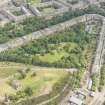
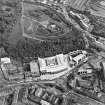
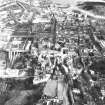
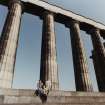


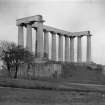

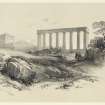
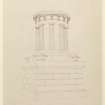
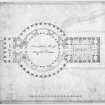


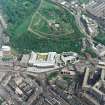

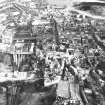
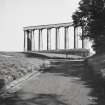
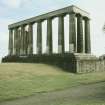
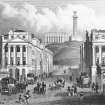
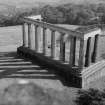
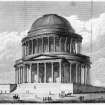
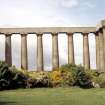
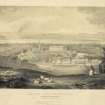
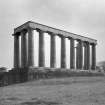

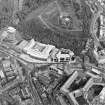
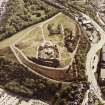
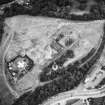
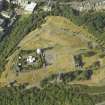
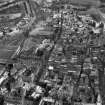
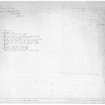
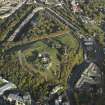
![Edinburgh, Calton Hill, National Monument.
Perspective view from Nelson Monument looking East.
Title: 'Festival Of Britain 1951 : Proposed Development On Calton [ ].'](http://i.rcahms.gov.uk/canmore/s/DP00103845.jpg)
